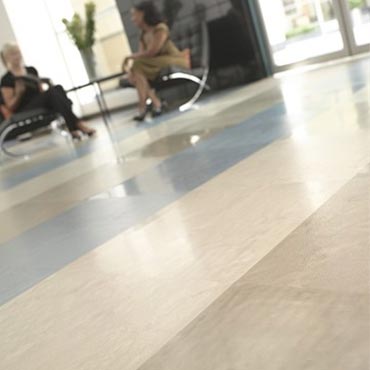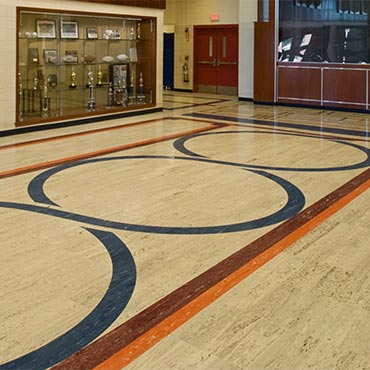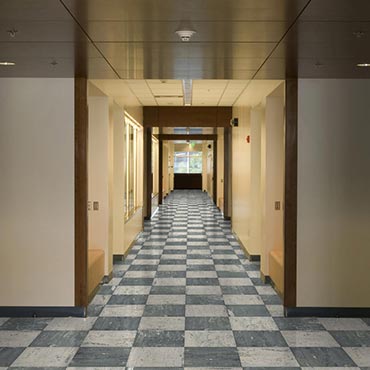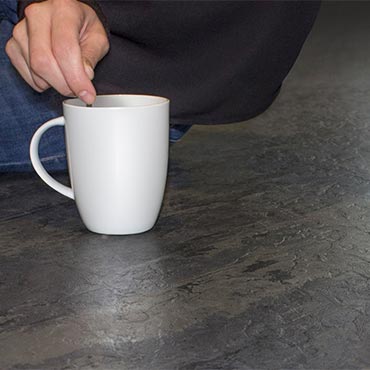Rubber Tile Floors

Revolutionizing Modern Spaces: The Rise of Rubber Tile Flooring in Interior Design
In the dynamic world of interior design, flooring is not just a necessity; it's a statement. When it comes to combining aesthetics with functionality, rubber tile flooring is emerging as a frontrunner. But what exactly is this material transforming modern spaces?
Rubber and Tile: A Primer
At its core, rubber is a versatile, elastic material known for its durability and resilience. When this material is crafted into tiles, it provides a unique flooring solution.
Rubber tile flooring, an innovative player in the interior design arena, merges the durability of rubber with the elegance and practicality of tile form.
Types of Rubber Tile Flooring
Diving into the types of rubber tile flooring, designers can explore an array of options:
- Solid Rubber Tiles: Known for their robustness, these tiles are ideal for areas expecting heavy foot traffic.
- Foam Rubber Tiles: Softer and more cushioned, these are perfect for playrooms or gyms.
- Acoustic Rubber Tiles: Designed to reduce noise, they are a boon for offices and commercial spaces.
- Interlocking Rubber Tiles: These tiles offer a seamless look and are incredibly easy to install.
Each type brings its own flavor to the design table, allowing for customized solutions based on client needs.
Aesthetic Versatility
Rubber tile flooring is not just about functionality. The range of designs, patterns, and textures available can astonishingly mimic the look of more expensive materials like
hardwood or stone. This transformative ability provides cost-effective yet chic design solutions, opening up a world of creative possibilities for decorators.
Durability and Maintenance
In high-traffic areas, the durability of rubber tile flooring is unmatched. Its resistance to wear and tear makes it a long-lasting option. For maintenance, simple cleaning practices suffice – a crucial factor for busy commercial spaces or homes.
Installation Techniques
The installation process varies with the type of rubber tile. While interlocking tiles can be a DIY affair, others might require professional installation. Designers should note the subfloor requirements and potential need for adhesives in certain types.
Sustainability and Environmental Impact
In the eco-conscious world of design, rubber tile flooring is stepping up. Many options are made from recycled materials, offering a sustainable choice. Dispelling myths, it’s important to note that quality
rubber flooring does not off-gas harmful chemicals, aligning with green building standards.
Cost Considerations
Rubber tile flooring is generally cost-effective, especially when considering its longevity and low maintenance costs. Compared to traditional flooring options like hardwood or stone, it offers an economical yet stylish solution.
Trends and Future Outlook
Current trends in rubber tile flooring include bold colors and textured finishes, reflecting a shift towards more adventurous interior designs. Looking ahead, we can anticipate advancements in eco-friendly materials and even more innovative designs that challenge traditional flooring concepts.
Conclusion
Rubber tile flooring stands out as a versatile, durable, and stylish option. Its ability to adapt to various design needs while ensuring longevity and ease of maintenance makes it an increasingly popular choice among interior designers and decorators. Whether it's transforming a high-traffic commercial space or adding a unique touch to a cozy home, rubber tile flooring is a solution that marries practicality with style, poised to shape the future of interior design landscapes.
Disclaimer: The information provided in this article is for general informational purposes only. While we strive to ensure the accuracy and reliability of the information presented, we make no warranties, express or implied, about the completeness, accuracy, reliability, suitability, or availability with respect to the content. Any reliance you place on such information is strictly at your own risk. We recommend consulting with professionals for specific advice tailored to your project’s needs, particularly regarding building codes, regulations, and product specifications.
Under no circumstances shall we be liable for any loss or damage, including without limitation, indirect or consequential loss or damage, arising from the use of, or reliance on, the information provided in this article.







